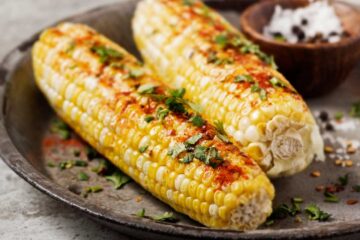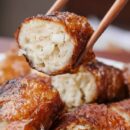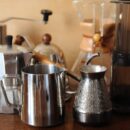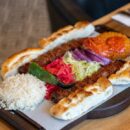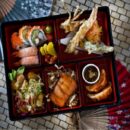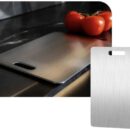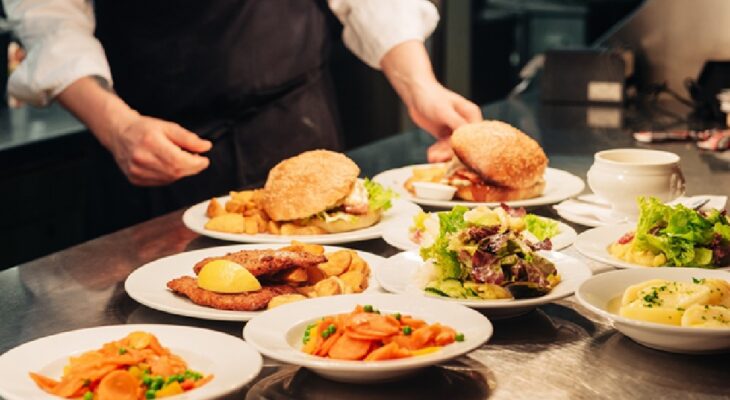
Choosing the Right Cold Room for Your Restaurant: A Comprehensive Guide
When running a restaurant, one of the most important decisions to make is selecting the right cold room.
A cold room is a key part of your kitchen’s infrastructure, used to store perishable items such as meat, vegetables, dairy, and prepared foods.
With the variety of cold rooms available in the market, choosing the right one for your restaurant can be a daunting task. Several factors must be considered, including the size, capacity, energy efficiency, and suitability for your specific food storage needs.
1. Understand the Different Types of Cold Rooms
Before delving into specific features, it’s essential to understand the different types of cold rooms available:
- Walk-in Refrigerators: These are large, standalone refrigerated units that allow you to walk inside to access the stored food. They are perfect for restaurants that require large-scale food storage.
- Walk-in Freezers: Similar to walk-in refrigerators, but they operate at much lower temperatures, typically around -18°C to -20°C. These are ideal for storing frozen foods.
- Modular Cold Rooms: Modular cold rooms are customizable and can be assembled on-site. They are a great choice for businesses with unique space requirements or those planning to expand their storage capacity in the future.
- Refrigerated Storage Rooms: These can be smaller units designed for more compact restaurant kitchens or storage areas, suitable for quick access to ingredients and food items in smaller quantities.
For more info about the types of cold rooms, please check this article – What’s The Difference Between Chiller Room, Freezer Room and Blast Freezer Room?
2. Assess Your Restaurant’s Size and Storage Needs
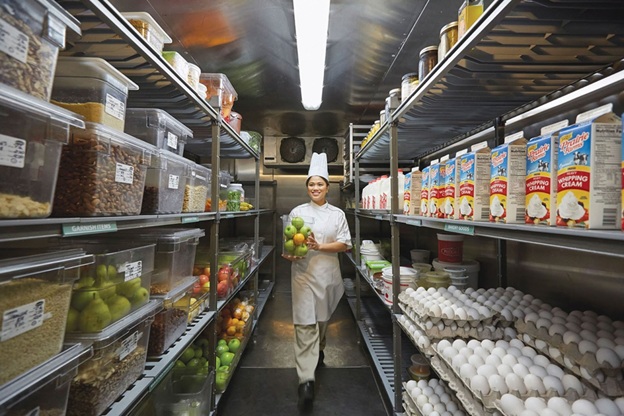
The first step in choosing the right cold room is evaluating your restaurant’s size and storage needs. A smaller bistro or cafe will have different requirements compared to a large fine-dining restaurant or a fast-casual chain. Some factors to consider are:
- Menu Complexity: A restaurant with a more complex menu will require more diverse ingredients, which means more storage space. For example, a restaurant with a broad variety of meats, vegetables, dairy, and desserts will need more cold storage than one with a simplified menu that relies on fewer ingredients.
- Volume of Ingredients: Depending on how much food your restaurant processes daily, you may need more storage. High-volume kitchens, such as those in hotels, resorts, or catering businesses, will require larger cold rooms to ensure that fresh ingredients are always available.
- Food Preservation Requirements: Some ingredients require specific storage conditions. For example, fresh produce should be kept at higher temperatures (around 0°C to 5°C), while frozen meats need to be stored at much lower temperatures (around -18°C). Understanding the unique requirements of your menu will help you choose a cold room with the appropriate temperature range.
3. Choose the Right Size and Capacity
The size and capacity of the cold room should be tailored to the expected volume of your restaurant’s daily operations. Too large a cold room can lead to excessive energy consumption, while too small a room can lead to overcrowding, risking poor food quality and unsafe storage conditions. When considering the right size, think about:
- Floor Space: How much space do you have in your kitchen or storage area for a cold room? Make sure to measure the suitable space and plan accordingly.
- Storage Needs: Consider the types of food you’ll be storing and their shelf life. Fresh produce, dairy, and meats need to be replenished regularly, while frozen items may last longer. The cold room should be large enough to accommodate not only your current stock but also any additional supplies you might need during peak seasons.
- Expansion Plans: If your restaurant plans to grow, you may want to invest in a cold room that can handle increased capacity. Modular cold rooms are a great option here, as they can be expanded as your needs grow.
4. Energy Efficiency and Operating Costs
Cold rooms operate 24/7, which means they are a significant part of your restaurant’s energy consumption. Choosing an energy-efficient cold room can have a major impact on your overall operating costs. When selecting a cold room, consider the following factors related to energy efficiency:
- Insulation: The effectiveness of the insulation in your cold room plays a major role in how efficiently it maintains its temperature. Higher-quality insulation will reduce energy consumption by preventing the loss of cold air.
- Temperature Control: Opt for a cold room that offers precise temperature control, as maintaining the right temperature will ensure food safety and reduce energy waste. Cold rooms with digital temperature controllers or smart technology can help monitor and adjust temperatures automatically, reducing human error and energy consumption.
- Eco-Friendly Refrigerants: Opt for a cold room condensing unit with eco-friendly refrigerants to minimize your carbon footprint while complying with modern regulations.
- Energy Star Certification: Check if the cold room is Energy Star certified, indicating that it meets high standards for energy efficiency. This certification can also qualify you for tax rebates or incentives in some regions.
5. Ease of Maintenance and Hygiene
Regular maintenance is essential to keep cold rooms operating efficiently and safely. Look for a cold room with easy access for cleaning, maintenance, and repairs. Consider the following:
- Removable Shelves: Choose a cold room with adjustable, removable shelves that are easy to clean. A cluttered or unhygienic storage area can lead to contamination and spoilage.
- Drainage System: Some cold rooms come with integrated drainage systems to remove condensation, which helps maintain cleanliness and prevents mold and bacteria buildup.
- Self-Diagnostics: Modern cold rooms often come with self-diagnostic features that alert you when there’s an issue, helping you address problems before they become costly or disrupt your restaurant’s operations.
6. Compliance with Health and Safety Regulations
Restaurants are subject to strict food safety regulations, and it’s important that your cold room complies with local laws regarding food storage. This includes adhering to temperature requirements for different types of food and ensuring that the room can be easily cleaned and maintained. Make sure the cold room you choose meets the standards set by your local food safety authorities and has the necessary certifications.
7. Noise Levels
Finally, noise levels may not always be top of mind, but the last thing you want is a cold room that generates excessive noise, particularly if it’s located near the dining area. Choose a model that operates quietly to ensure it does not disturb your customers or staff.


